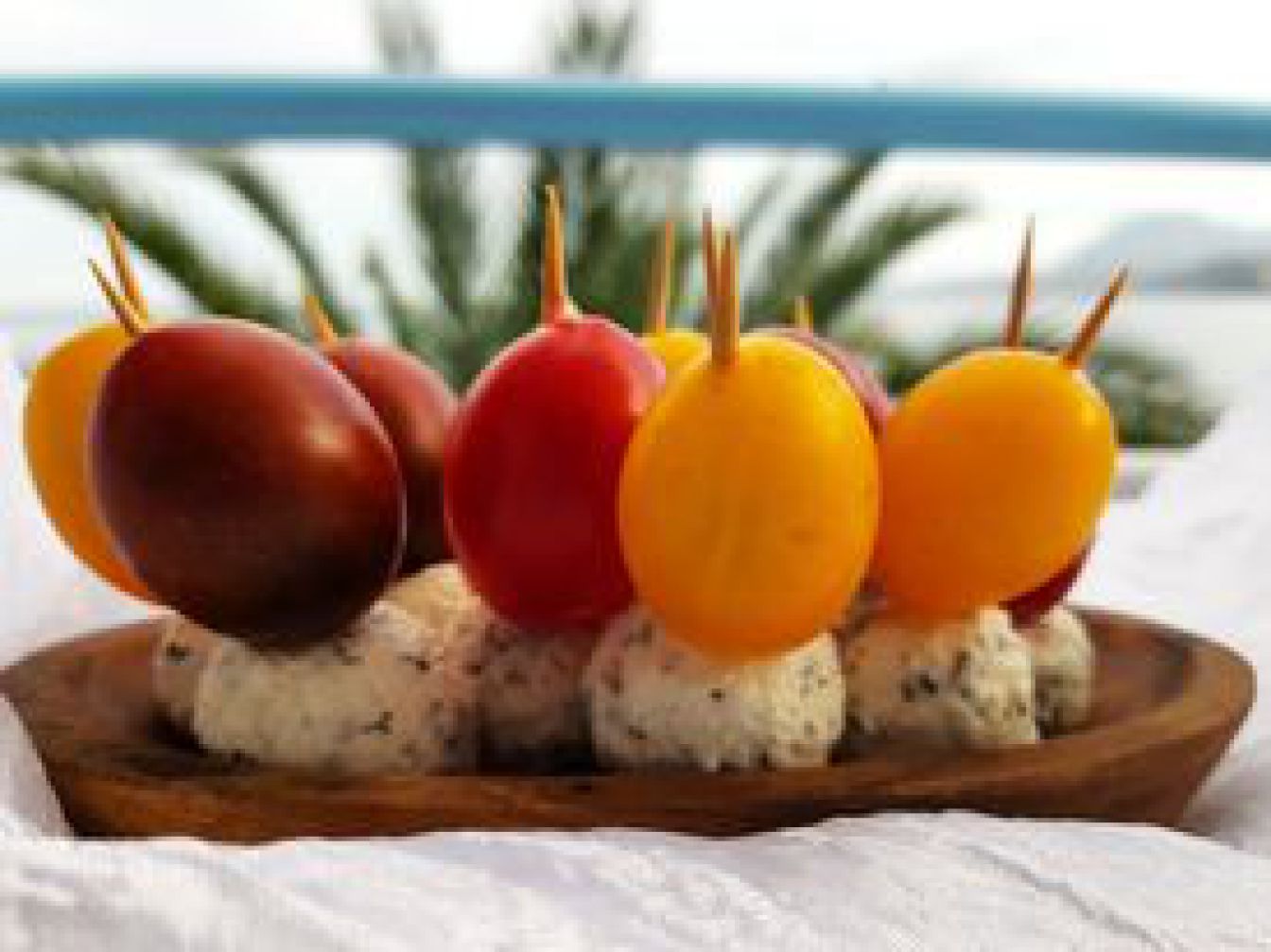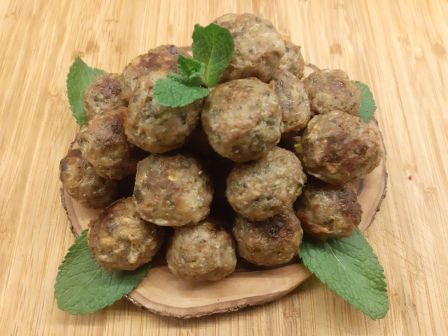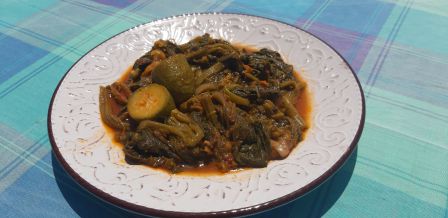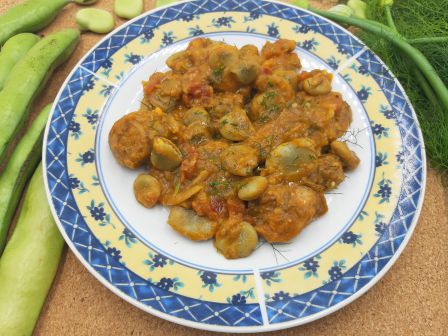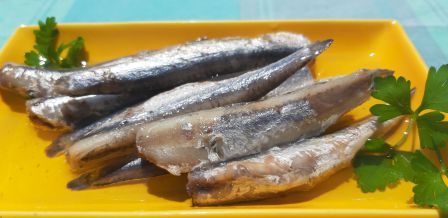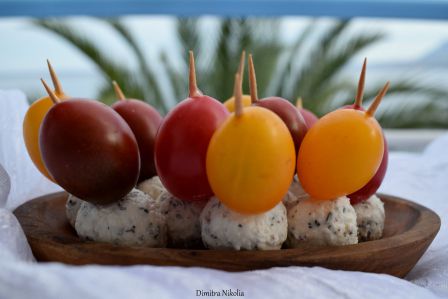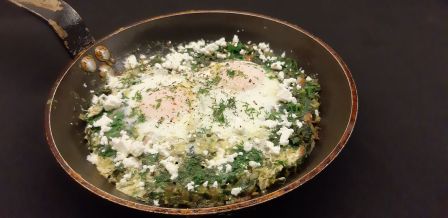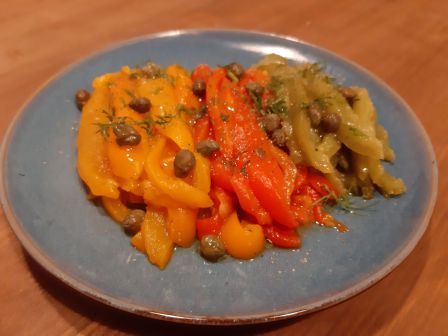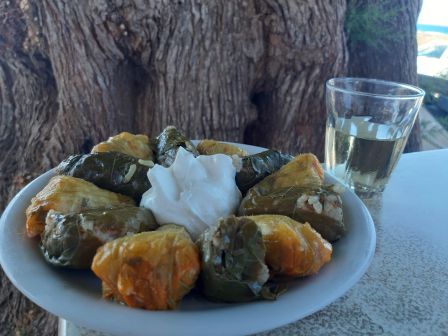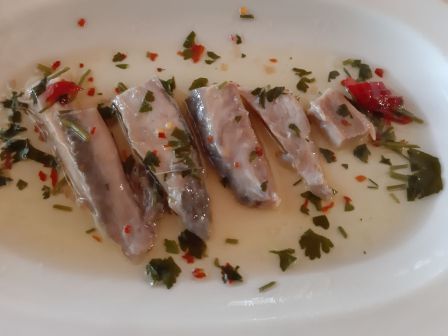The word "meze" (or "mezes" in plural) derives from the Turkish word "meze," which in turn originates from the Persian word "mazze," meaning "taste" or "snack." The term refers to small plates of food that accompany a drink, whether it be wine, raki, beer, or another beverage. Mezes typically accompany social gatherings and shared meals, offering a variety of flavors that can be savored slowly and without haste. At a meze table, as we eat various tastes and textures and sip our ouzo, our senses and soul are soothed, and we relax enjoying the company and conversation topics. It is something more than just food. It is indicative of people's different culinary desires, and they represent a collaboration of various flavor elements, which when combined offer a rich tasting experience. Mezes may include a wide variety of ingredients, such as fresh vegetables, cheeses, fish, seafood, legumes, meats, bread, and many others. Mezes are small but exceptionally tasty dishes that cover a broad spectrum of flavors, ingredients, and traditions. Depending on the region and culture, there can be many different kinds of mezes. Some examples of mezes include:
• Spreads: tzatziki, spicy cheese dip, eggplant salad, and many more spreads that have a prominent place at the meze table.
• Meatballs: Various meatballs made from minced meat (usually lamb or beef) with spices and herbs.
• Greens pies: Crusty pastry filled with various greens, cheeses, and herbs.
• Octopus: Cooked, usually grilled or as a salad, often accompanied by tsipouro or raki.
• Spicy cheese: A spicy dish that includes cheese (usually feta) marinated in red pepper.
• Soutzoukakia: Small kebabs made from minced meat, typically beef, with plenty of spices, served with pita and sauce.
• Fried calamari: Small calamari in a fried coating, perfect for pairing with beer.
• Marinated small fish: Marinated sardines, anchovies, or other small fish, among the premier mezes for tsipouro and ouzo.
• Legumes: Dishes like gigantes plaki (baked giant beans), stewed chickpeas, and black-eyed peas cooked in a light tomato sauce, and many other dishes as light nibbles.
• Cheeses: Let's not forget our wonderful Greek cheeses, with a huge variety and deliciousness, whether buttery, hard, smoked, oil cheeses, sour cheeses, kefalotyri, gruyere, feta, kasseri... So many marvelous cheeses to accompany our meze!
• Cold cuts: Where to begin? With the cured meat of Tinos, Karditsa pastrami, the prosciutto of Evrytania, Corfu salado, Limnos cured meat, Mani's Sygklino, Drama sausage, Corfu's Nouboulo... and so many other cold cuts that Greece produces for those who love good food, and excellent mezes made with passion.
• Eggs: From boiled, fried to omelets with various cold cuts, cheeses, vegetables, and even sauteed greens... eggs hold one of the most basic places in meze.
• Pickles, olives, and pickled vegetables, which we also serve as fasting mezes for ouzo.
• Toasted bread: Bruschettas that accompany spreads, or finely chopped salads to make tasty bites. The word "bruschetta" comes from the Italian word "brusco," meaning abrupt or sharp.
• Volos is known for the variety and quality of its mezes. Each mezedopoleio (meze tavern) has dozens of different little dishes of meze, which alternate with the orders, keeping your taste interest alive. The coastal areas and the islands of Greece, including places like Volos, have a long tradition of preparing seafood mezes, such as grilled fish, mussels, seafood, octopus, and other marine delicacies.
• The main characteristic of mezes is the communal consumption with friends, creating an atmosphere of warmth and friendship. It is a way to share the joy of taste and culture with your loved ones. There is no order in meze, no "must" combination, and whether one small dish "fits" with another. You order fish, meat, cheeses, seafood, all together... A variety of flavors, just as topics of discussion vary. Mezes are not simply to satisfy hunger, but to discover new tastes, to share moments with friends and family, and to enjoy social companionship. Each meze is like a small artwork, where different tastes, textures, and aromas are combined with harmony—a meeting of flavors, an embrace of society, a journey through aromatic notes and textures. Enjoy the microcos
LATEST RECIPES
GET LATEST UPDATES
Newsletter Subscribe
FEATURED ARTICLE

GET LATEST UPDATES
Newsletter Subscribe



